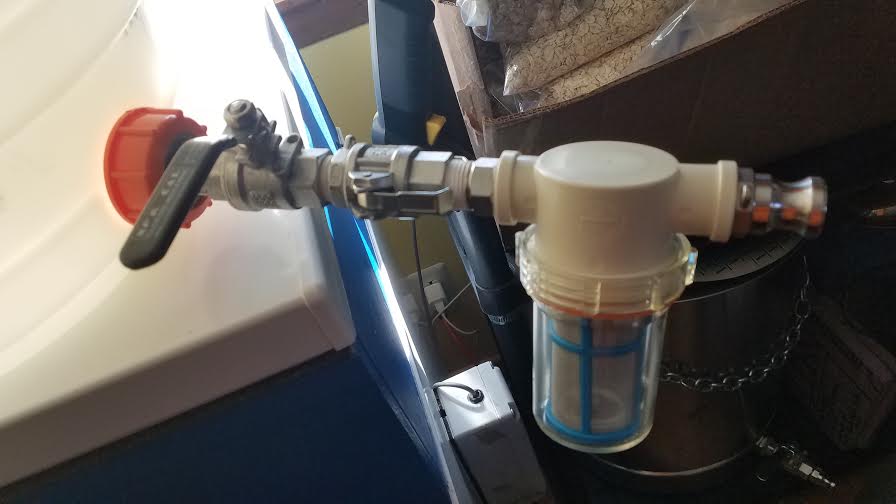7isntmostrandomnr
Member
- Joined
- Sep 17, 2016
- Messages
- 14
- Reaction score
- 4
Hi, I want to test the enigma hop as i've heard it gives off a kind of raspberry flavor and aroma. I'm however worried about this hop being able to stand on its own in an IPA I am considering making. I think I'll go with WLP648 for an all brett fermentation, leading to a slightly sour and fruity yeast flavor. I think this sourness would work well with the raspberry flavor. I'm thinking that a Citrus hop would probably work well with the Enigma, but I'm having trouble deciding about one. At the moment I'm favoring Amarillo, but I hope some of you guys have some experience or insight on the matter.
Thanks.
Thanks.



